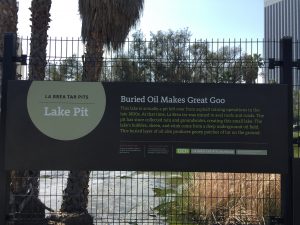The loving product of silence and slow time…
Towards the tail end of the 1950s, Laurie Lee wrote lyrically and longingly On Craftsmen:
“We are a starved society living in the midst of plenty. Our possessions are many, our serenities few.
If we look at objects fashioned by the hands of craftsmen, we instinctively recognise something we need, something we may almost have forgotten existed any more – something designed to keep us human. For the handmade object is one of the last visible defences of humanism left to us, and the craftsman ministers to our most basic spiritual needs.
The materials he works in – wood, stone, clay, iron, living wools and natural hides – are still those divine materials of the earth for which there are many substitutes today, but no replacements. His products are the result not of the juddering steel press, die-stamp and reeking chemical synthesis of mass production, but of human skills and judgements which have filtered down into these pages, into this moment, through unbroken generations of eyes and hands.
It is this we are in danger of losing forever – the virtue of the handmade object, whose making yields to no factory speed-up, but is the loving product of the master craftsman, of silence and slow time. In robbing man of the use of his hands, mechanisation mutilates his spirit also.”
Zoom forward some sixty or so years, pause briefly to doff your cap to the current fascination with all things primitive tech, and linger awhile here – with a 2018 take on the enduring importance and appeal of craft, courtesy of iA’s Oliver Reichenstein. As Oliver says, “We know that what is truly good is somehow beautiful, and what is truly beautiful is somehow good”.
So long live craft, and the long-lasting loveliness it creates.



